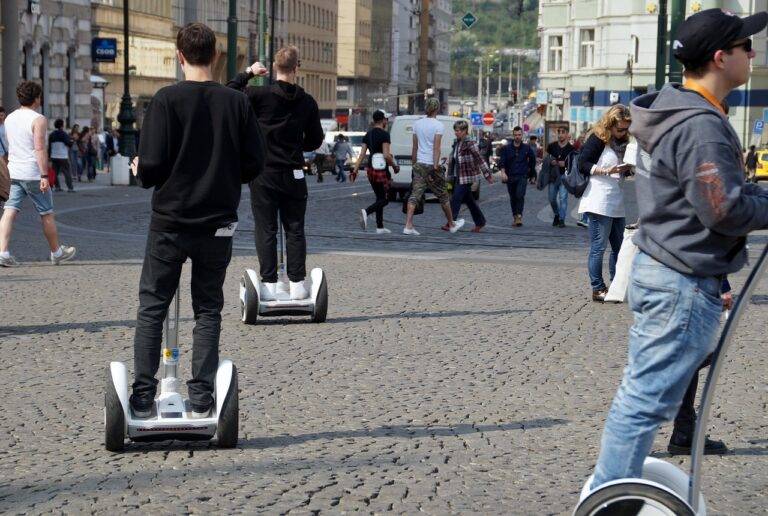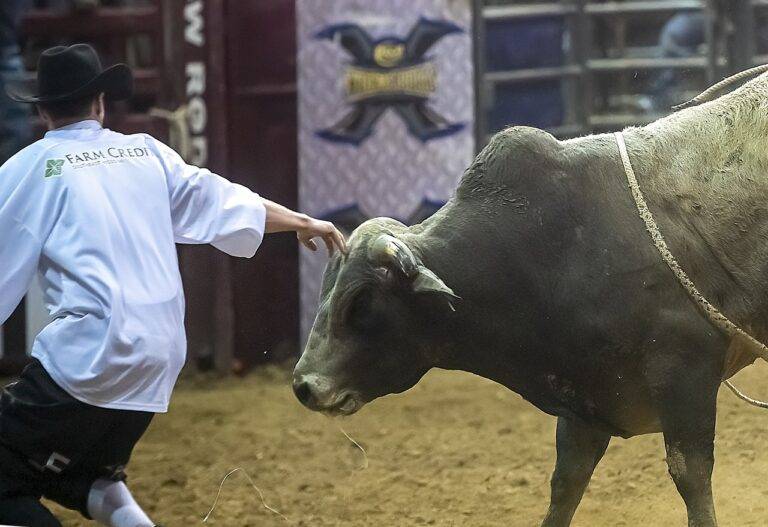Review: Advancements in Motion Tracking Technology for Animation
Motion tracking technology has seen significant advancements in recent years, with the development of more precise and efficient systems. These new technologies have enabled motion tracking to be utilized in various fields such as virtual reality, sports performance analysis, and even healthcare applications. The integration of artificial intelligence and machine learning algorithms has further enhanced the accuracy and speed of motion tracking processes, making them more reliable and versatile.
Moreover, the miniaturization of sensors and cameras has made it possible to incorporate motion tracking technology into smaller devices such as wearable gadgets and smartphones. This has opened up new opportunities for using motion tracking in everyday life, from monitoring fitness activities to enhancing mobile gaming experiences. As motion tracking continues to evolve, we can expect to see even more innovative applications and solutions that leverage this technology to improve efficiency and user experiences across different industries.
History of Motion Tracking in Animation
Motion tracking in animation has a rich history that dates back to the early days of filmmaking. One of the earliest forms of motion tracking in animation can be traced back to the 1940s when Disney introduced the multiplane camera. This innovative camera allowed animators to create a sense of depth by moving different layers of animation at different speeds.
As technology advanced, motion tracking in animation continued to evolve. In the 1970s, the invention of the first computer-generated imagery (CGI) opened up new possibilities for animators. This led to the development of more sophisticated motion tracking techniques, allowing for greater realism and precision in animated movements. Today, motion tracking plays a crucial role in creating lifelike animations that captivate audiences around the world.
Key Players in Motion Tracking Technology
Motion tracking technology has rapidly evolved in recent years, with several key players leading the way in innovation and development. One such prominent player in the field is OptiTrack, known for its high-precision motion capture systems that are widely used in the entertainment industry, sports biomechanics, and virtual reality applications. OptiTrack’s advanced tracking algorithms and state-of-the-art cameras have set new standards for motion capture accuracy and reliability.
Another key player making significant strides in motion tracking technology is Vicon, a company recognized for its cutting-edge motion capture solutions utilized in film, video games, and scientific research. Vicon’s motion capture systems offer unparalleled real-time tracking capabilities, enabling creators to capture intricate movements with precision and detail. With a strong focus on enhancing user experience and pushing the boundaries of motion tracking technology, Vicon continues to be a frontrunner in the industry.





